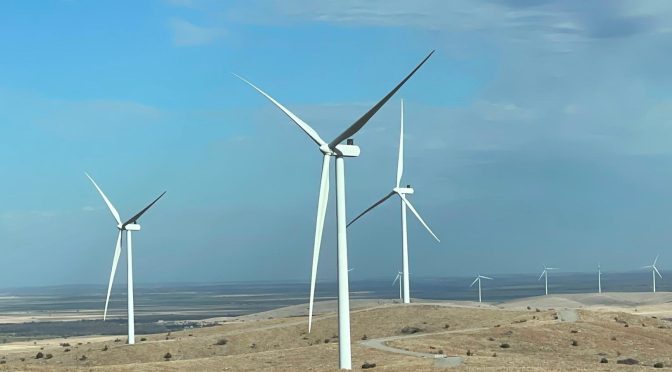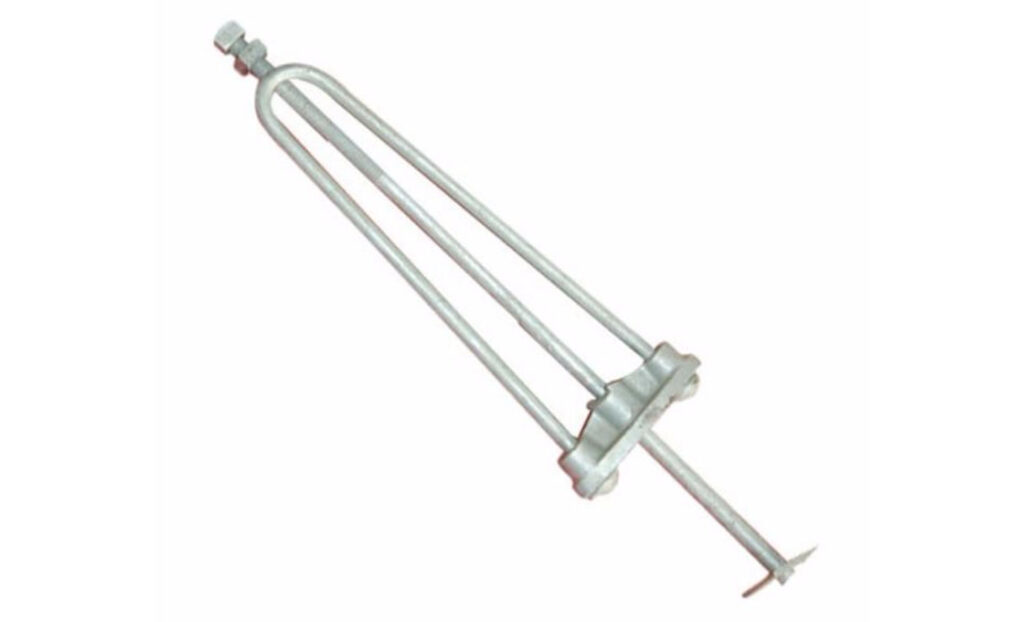
The Caraveli wind project in Peru recently secured land rights through permanent occupancy easement granted by the Peruvian government. The project will boast an installation of 36 wind turbines with a capacity to generate 220 MW. The project has designs to reduce its environmental impact through measures to protect biodiversity and water resources. This project provides the opportunity to reduce the dependence on fossil fuels and contribute to decarbonization goals in Peru. It will also increase the country’s energy independence and reduce the reliance on imported energy. The developers have also worked with local communities to address their concerns. The Caraveli wind project demonstrates the country’s commitment to a sustainable energy future. It also has the ability to attract investment in large-scale renewable energy projects. A stay rod is a crucial component in the construction and operation of wind turbines. They provide stability to the tower structure.
Stay rods attach to the base of the wind turbine tower and extend outward to provide lateral support. This prevents the tower from swaying or collapsing during strong winds. A stay rod ensures the stability of the turbine even in extreme weather conditions. By doing so, they help prevent accidents by providing a stable foundation for the wind turbine. Stay rods contribute to the reliability and performance of wind energy projects. The most common stay rods used include wire stay rods, rod stay rods, and tubular stay rods. This article will look at the need for stay rods in the Caraveli wind project in Peru.
Need for using a stay rod in the wind projects
A stay rod plays an essential role in wind energy projects, especially during the installation and stability of wind turbines. Stay rods provide structural support and stabilization to ensure the safe and efficient operation of the wind turbines. A stay rod enhances stability, controls vibrations, supports foundations, and provides safety during installation and maintenance. This helps the wind project in aligning with the renewable energy goals. This is as the country aims to increase its share of renewable energy sources. The following is the importance of a stay rod in Peru’s wind projects.

- Stability – wind turbines experience mechanical forces including wind loads, rotational forces, and vibrations. Stay rods help distribute the forces and provide extra support to maintain the structural integrity of towers.
- Foundation support – a stay rod stabilizes guyed towers for some wind turbine installations. The rods anchor to the ground and connect to the tower at different heights to keep it upright. Stay rods enhance the foundation’s ability to withstand lateral forces.
- Erection and maintenance – stay rod stabilizes temporary structures used to erect wind turbine components. This helps secure the structures and ensure safety during the lifting and positioning of the turbine components. They also provide stability for turbine structures during repairs and maintenance.
- Vibration control – stay rods dampen vibrations that occur due to the rotation or wind gusts. Excess vibrations can lead to material fatigue and structural damage.
- Infrastructure support – stay rod provides support to other infrastructure, such as transmission poles. These structures face the same environmental forces as the wind turbines.
Impacts of wind projects in Peru on local communities
Wind energy projects in Peru can have impacts on the local communities. The Caraveli wind project contributes to sustainable development and clean energy. They, however, bring several challenges that need careful management. Some of the positive impacts include job creation in construction, operation, and infrastructure development. The wind project can also generate extra revenue for the local government through taxes and land leases. These can fund community projects and services in Peru. The negative impacts include displacement and access issues, wildlife disruptions, noise and visual impacts, and community opposition.
Mitigation strategies for the impacts on local communities
The success of wind projects depends on how well the developers balance the need for clean energy with the social, economic, and environmental needs of local communities. The wind projects in Peru can maximize the benefits by involving local communities in the planning stages. This helps to ensure their concerns are addressed. They can also assess environmental impacts and adopt measures to protect wildlife and reduce habitat disruption. The wind project developers can provide enough compensation for land use and invest in programs that benefit the local population. Using a stay rod in the projects helps reduce environmental impacts. This is by enhancing structural stability and reducing the need for extensive groundwork. TTF Power Systems has established itself and continues as a world-class global supplier of high quality pole line hardware, overhead line steel structures, insulators, anchoring products, cutout switches, cables & conductors and grounding products.

